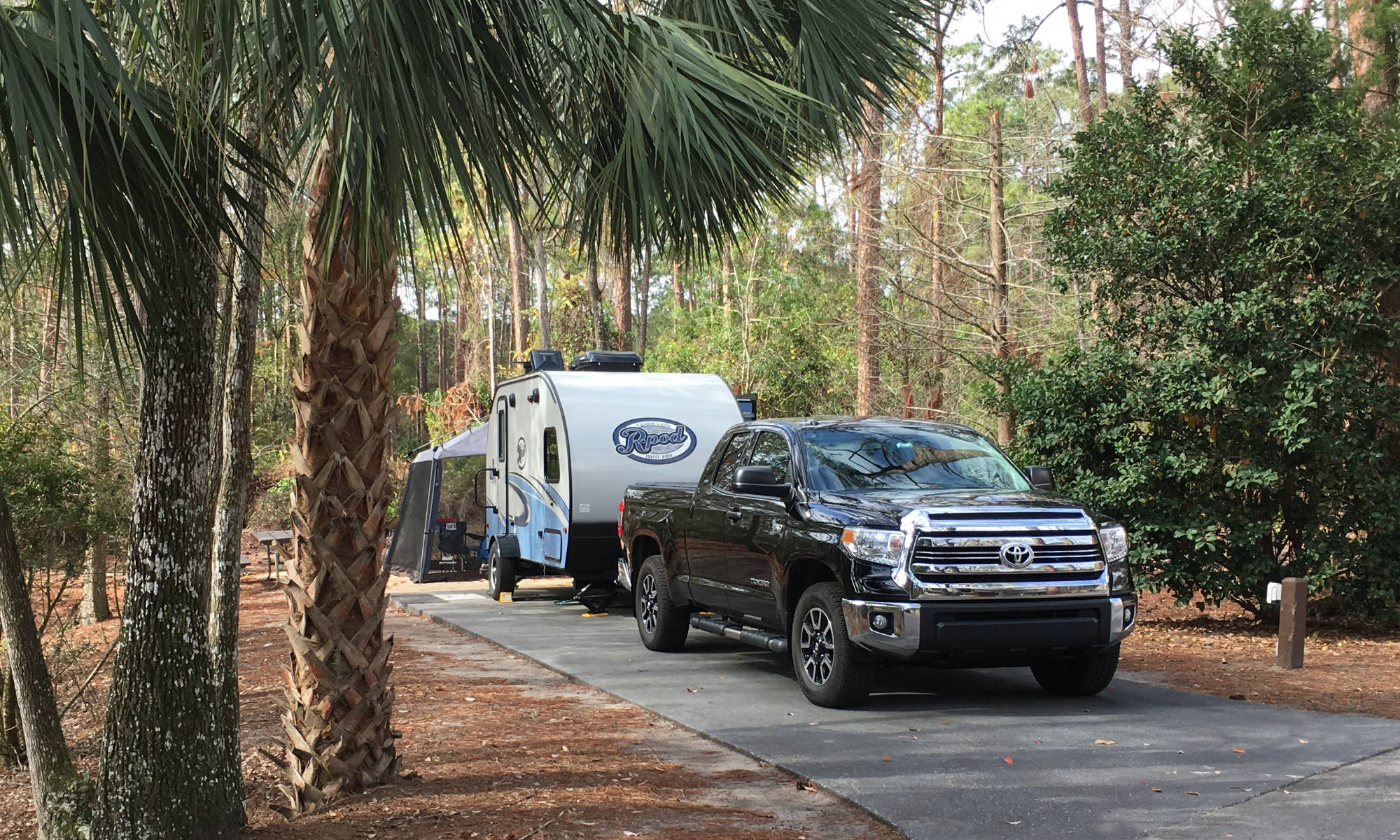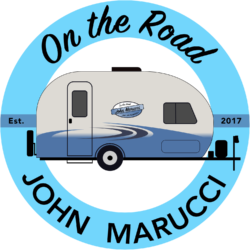Click here to sign up for reminders when new blogs are posted.
Winterization Step-By-Step process as shown in the video (see link to video at bottom of page). By TechnTrek from the rpod-owner.com forum…
1. Make sure the black and gray wastewater tanks are empty.
2. Outside and underneath the trailer, unscrew your freshwater tank’s drain and allow it to empty.
3. Turn on the water pump and open a valve to suck up any remaining water in the line between the tank and the pump.
4. Open both low-point drains underneath the camper.
5. Attach a “blow-out plug” to the city water connection. This has an air inlet on one end like the valve stems on your tires, and threads to attach to the water connection. Apply LOW pressure air (less than 20 psi) for several seconds. Any RV dealer should have one of these plugs.
6. Remove the blow-out plug.
7. Outside, remove the plug on the hot water heater to check the anode rod and replace if necessary (about every two years). The water heater must be stored dry – do not try to fill it with antifreeze. Wait for the water to stop running out of the drains and plug hole. Using a garden hose, flush any debris from inside the water heater tank. If you don’t need to inspect your anode rod you can pull open the pressure relief valve at the top of the heater to speed up the draining process, it will still take a while. While the tank is draining go inside and open up every valve so suction will pull water out of every line and faucet.
8. Wrap the threads of the anode rod with Teflon tape, re-insert the plug and close both low-point drains.
9. Re-insert the freshwater tank plug while you are outside.
10. Turn the bypass valves on the hot water heater. The valves are inside the trailer – mine are under the bed on the roadside.
11. On the intake line for the water pump, you’ll notice a valve and about 2 1/2′ of tubing that’s loose on one end. Flip the valve and put the loose end into your jug of RV antifreeze (DO NOT USE AUTO ANTIFREEZE). The pump will now draw from the jug of antifreeze instead of your freshwater tank.
12. Turn on the switch for the water pump for a few seconds, then turn it off. Your low-point drains should still be open, go outside and verify they are dripping pink. You may need to cycle the pump a few more seconds to be sure. Then close both low-point drains.
13. Turn on the taps at the sink and in the shower, one at a time. Let each run until the water is pink.
14. Run the toilet until the water is pink. Leave some pink stuff in the bottom of the toilet to keep the drain valve from drying out over the winter.
15. Pull the hose out of the antifreeze bottle just enough so it can’t suck up any more antifreeze. Turn on the sink again for a second or two until the antifreeze is out of the intake line. This keeps the sticky antifreeze from running all over the floor when you pull the intake completely out of the bottle.
16. Close the valve near the water pump, stow the intake hose and close the access panel, turn off the power for the water pump.
17. Pour some RV antifreeze down the shower and sink drains.
18. Set the fridge’s door latch so it stays open – look at the assembly on the wall of the fridge, you can slide it out some so when the door is latched it stays open enough to prevent mold from growing.
All the best in your camping endeavors!
We’d love for you to join the On The Road Team by subscribing to the YouTube channel. If you want to dive deeper, we put more content and photos on Instagram and Twitter @JohnMarucci. You can also follow John on Facebook @JohnMarucciOnTheRoad.
As always, thanks to our teammates who support the channel by watching the YouTube Ads and by starting their shopping from the On The Road Amazon Storefront at: amazon.com/shop/johnmarucci. Your support is greatly appreciated!
Watch the more than 100 videos from John Marucci – On The Road!

